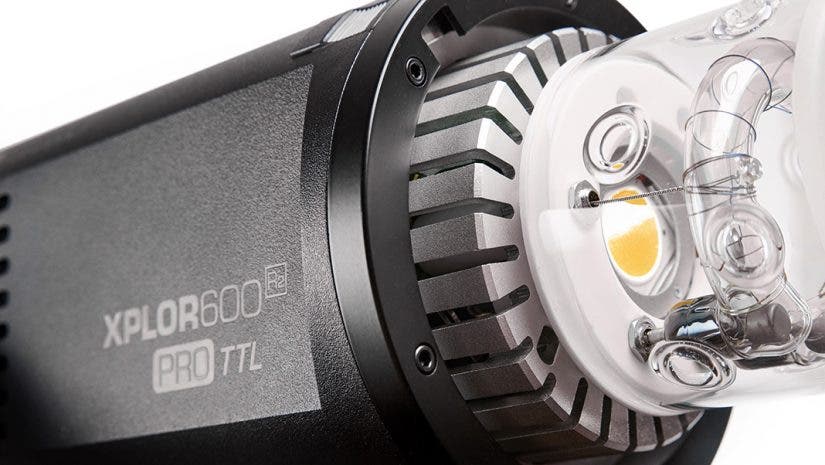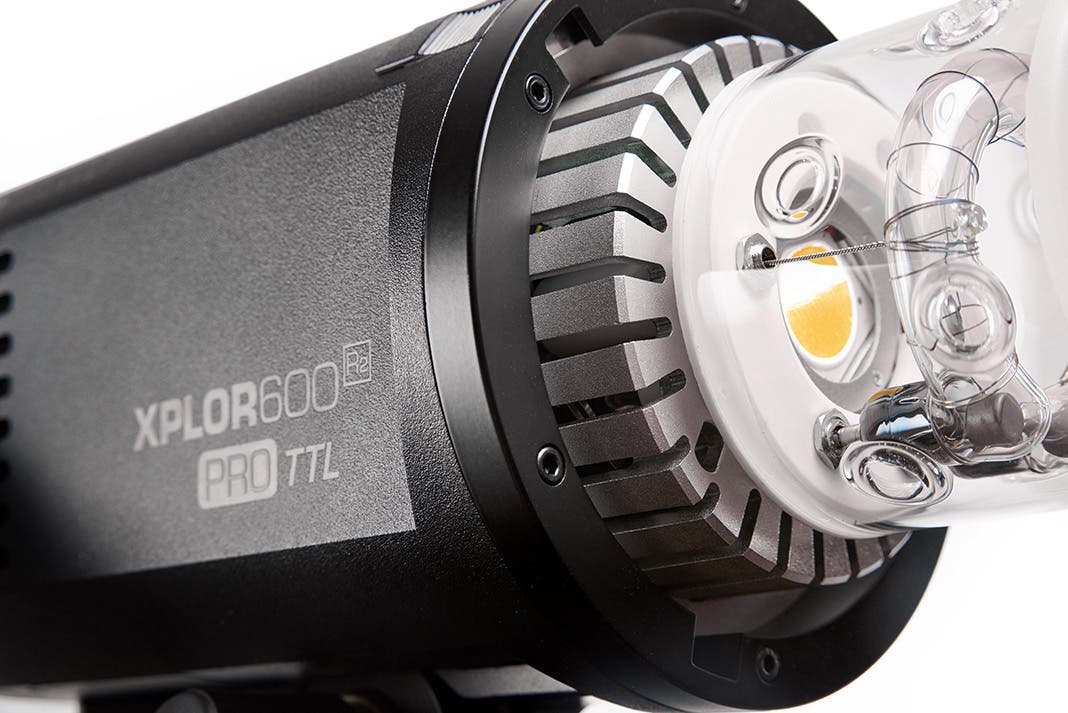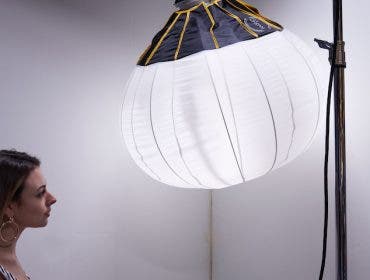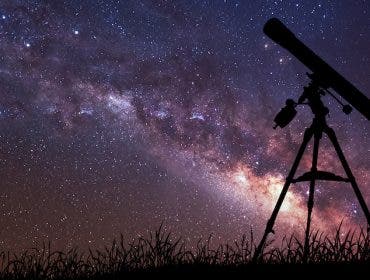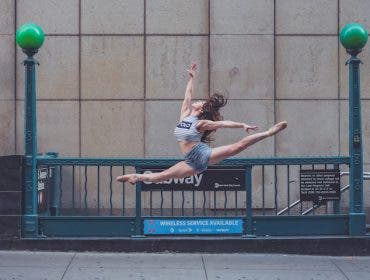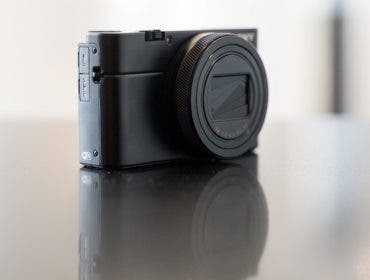Given enough time shooting, we’ll each come across the experience of picking up a piece of gear and it just *feels right* for us. I remember reading a blog post of a friend of mine, a solid editorial and commercial portrait photographer, where he wrote that he disliked a camera because he felt it had no soul. At the time I chuckled at the seeming absurdity of the statement, but over the years I’ve come to experience the same thing.
In other instances I’ve known photographers to say “this is it, this is the one that does it for me” in picking up a piece of gear that connects for them personally. When we get ahold of gear that opens up space in our brains, puts us at ease or spurns on a playfulness about our work, we become better shooters for it.
And there’s evidence that this isn’t simply the stuff of funny imaginings — that the right gear and how it orients our working with it, can actually improve our performance in measurable ways. A handful of studies have shown when people wear the right clothing, they score higher on tests. This piece on Radiolab has a bit about a doctor and the affect wearing his lab whites has not only on other’s perception of him but his own abilities and confidence. This is the placebo effect, but with an outcome of doing something productive instead of a fanciful delusion we typically associate with the phrase.
Though there hasn’t been a study specifically around photography, I’m familiar with a similar effect in my own work. In my history of working in the field, I’ve had the experience of getting ahold of a piece of gear which makes me feel better about doing my work, and in turn, the work ends up being better. This is the experience I’ve had with Flashpoint battery powered lights, an arc progressing from the Streaklight, and now finding its ultimate expression in the XplorPro.
The Flashpoint trajectory:
I’d been playing with outdoor work using speedlights and was always feeling the experience a bit of a drag, coming up against constraints of “nearly there” gear. The Streaklight 360 II was, in contrast, a revelation. It did the things I’d been doing by ganging up multiple speedlights, only faster, with greater longevity, and power to spare. I quickly built a kit and shooting style around it, and it returned to me a sense of excitement to head out and create that I hadn’t felt in years.
Soon after I started testing the eVOLV, a “pocket studio” flash with a modular design that runs solo, as an all-in-one 200ws flash, or doubled up in a 400ws bracket with an added modeling light. Where the Streaklights had taken the idea of a speedlight and external battery to the next level, the eVOLV was an entirely new path in compact light design.
Both provided the opportunity to lower friction in the creative process, and the chance to have a grab-and-go kit that make creating evocative light from available light a joy. These experiences with compact, battery driven lights made me a fan and advocate for traveling light, using small gear in nuanced ways to refine my work. I even coaxed large scale editorial and commercial images using these smaller lights.
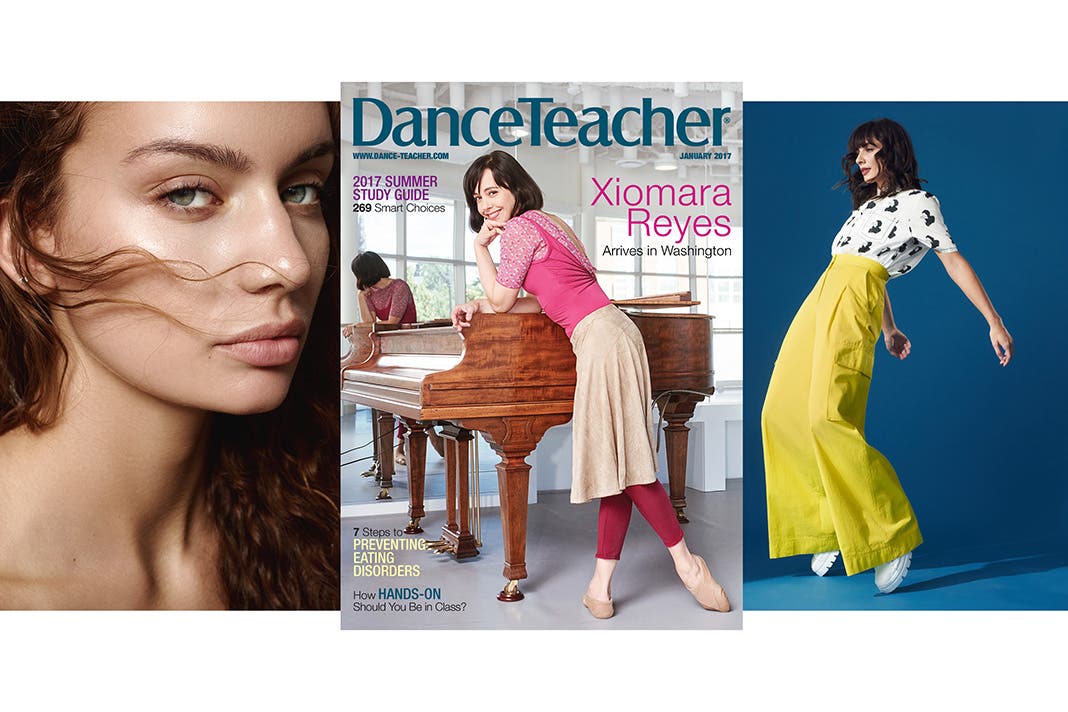
With the introduction of the original Xplor, the form factor that had by then been made popular by the likes of the Profoto B1 was made accessible to a lot of shooters. The Xplor brought a ton of full power shots per charge (more than double the B1), a 600ws output, reasonably good recycle times, and a vast ecosystem of modifiers via the commonly available Bowens mount. It wasn’t that the Xplor was “just OK,” that you could hope to “get by” using it — in an emerging pattern for Flashpoint lights, it exceeded expectations, sometimes vastly.
In a design coup upending the assumption that unique and compelling features were reserved for the most expensive lights on the market, the Xplor offered two tricks no other monolight could boast of: with the extension head, it could acquire the weight distribution advantages of a pack-and-head system; and with the “bi-tube” extension head, plus another Xplor, a shooter was given the opportunity to choose between truly massive output, or halving their recycle times (or, similarly, sustaining output with lower flash durations).
What’s more, if a shooter wanted to extend their sessions indefinitely, they could even revert to a standard studio monolight with the addition of the AC power adapter.
The three options combined elevated an otherwise merely competent battery powered monolight into an exceptional tool, unmatched in its feature set.
The original and the sequel:
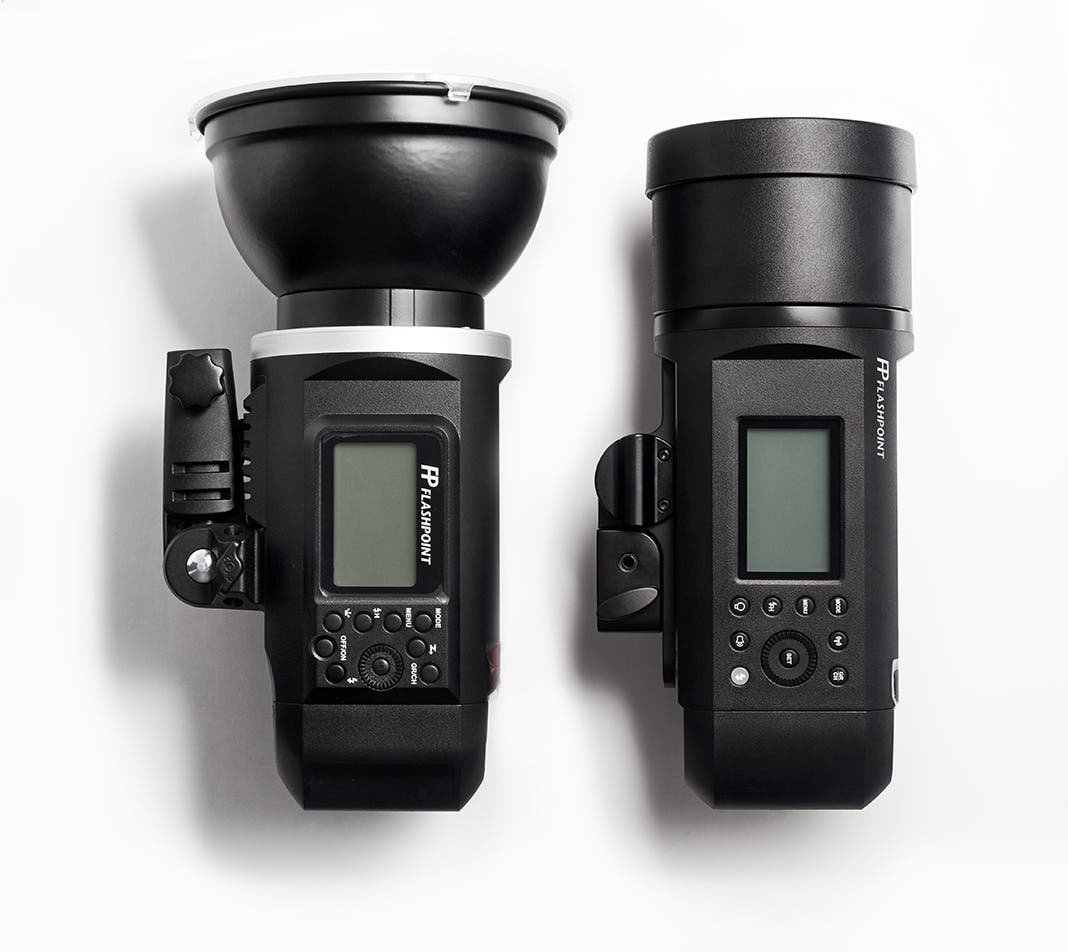
While the original Xplor isn’t being supplanted entirely by the new XplorPro — they will be sold side-by-side — the Pro is pushing the Xplor form factor in to new, premium grade performance, typically reserved for lights carrying a much higher price tag.
Looking over the specs, a picture emerges of what the XplorPro offers: finesse and aplomb where the original Xplor was more brute power — luxury sports car vs. SUV. If there were ways which the original Xplor could be faulted, the XplorPro was designed to shore up weaknesses and bring with it a comprehensive sense of workflow confidence.
Let’s look at the key factors at play:
Cleaner output:
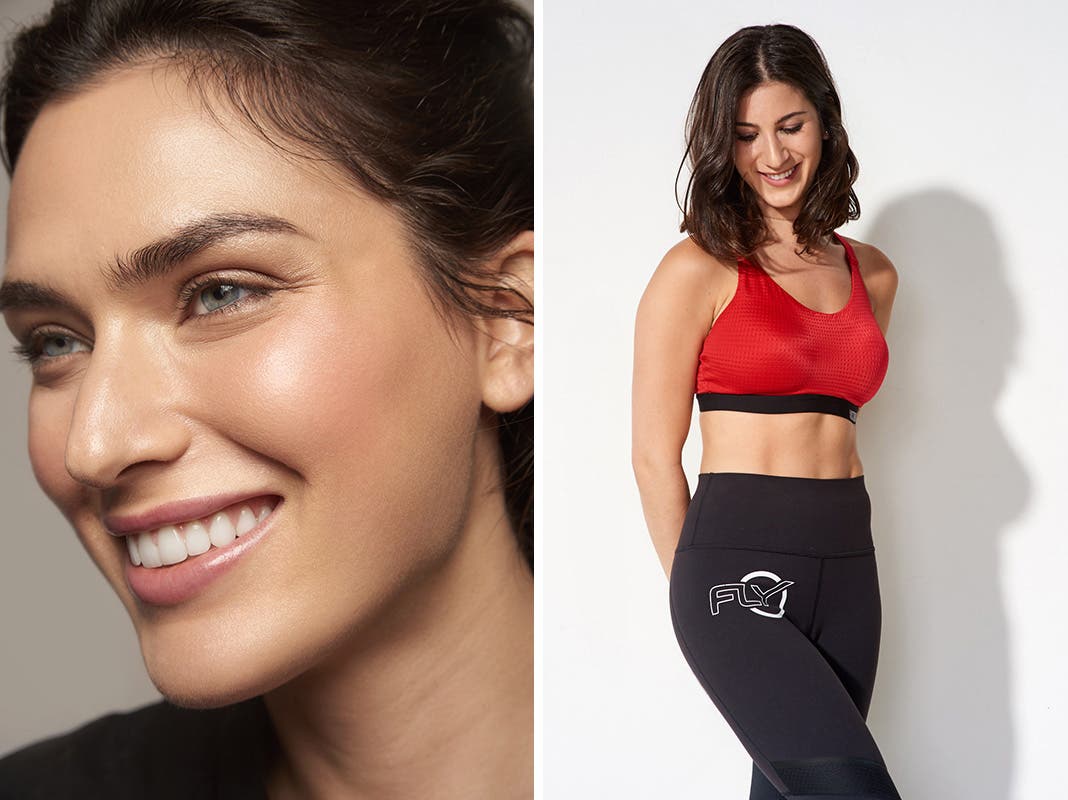
The XplorClassic had been faulted by some for its helical tube bulb design. It was very good at throwing a lot of light forward, not as good at dispersing light to the side. This isn’t much of an issue in a softbox, and even less in a reflected and diffused source like the Photek Softlighter or, on a larger scale, the Glow line of 65” umbrellas (I recommend the beaded silver, with the diffuser).
It did however create some inconsistencies when you’d move to less forgiving sources — the Magnum, for example, classically used as an homage to high key sun, benefits from a bulb that throws its light more radial than central.
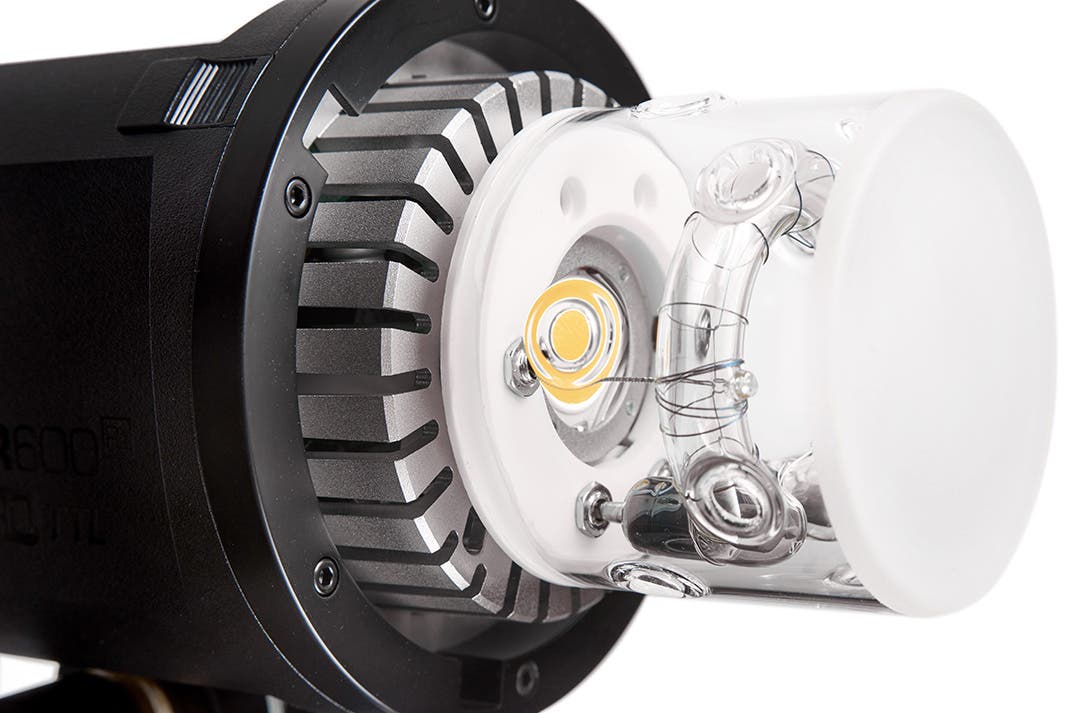
The XplorPro bulb design addresses this with the use of a frosted glass front, designed to suppress hot-spotting — at the same time the bulb’s horseshoe shape, combined with the clear sides of the glass, keep output close to the original Xplor.
In addition to a refined bulb design, the bulb mount also sits about a half inch forward from the body of the flash, instead of flush as it had on the original Xplor. This change allows the bulb to sit deeper in a modifier and clear the default collar on many fitted for Bowens.
The combination of bulb design tweaks and collar clearance guarantees cleaner output, and in some cases, I’ve even noticed that in the right modifier it outperforms the XplorClassic slightly, an effect I attribute to the efficiency gained by the bulb’s placement.
Even faster recycle times:
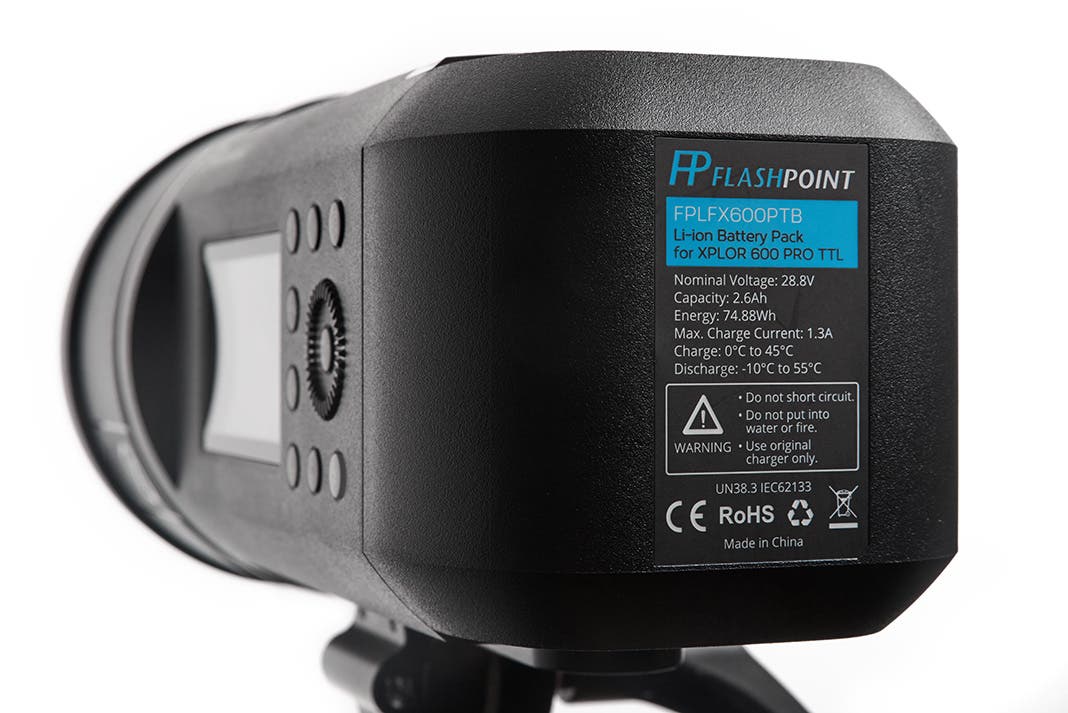
The battery on the Pro has gone from from the 14.4 volt of the XplorClassic to a 28.8 volt system. This translates into a halving of recycle times across the power spectrum. Even the slowest recycle time — .9 seconds for 1:1, full power — makes for a decent shooting cadence. From 1/2 on, recycle time is really fast, and at 1/4 and lower, absurdly so — in fact, the Pro will keep up with continuous, high speed shooting at power levels 1/16 -3, and lower (camera depending).
Here we see the decision was made to prioritize tempo over longevity — again, finesse over brute power. In contrast to the XplorClassic’s 500+ shots per charge, which often feels unbelievable (I’ve completed three shoots on a single charge), the Pro’s rating comes in around 370 shots per charge. It is an unfortunate compromise, but is ample for most situations.
Greater color accuracy:
Enabling Color in the C.Fn menu — and the Pro beeps for about 20 seconds as it disperses excess charge. Dump the power to disperse it even faster with the push of the test button. You’re now in “color stable” mode, and here the Pro stays in a fairly tight orbit of 5600K, the broadly accepted temperature ideal to mix with daylight. The manual states +/- 75K of 5600, for a total delta of 150K.
In my tests using the Sekonic C-700 color meter, it was closer to +/- 90K — or, in matching up the two worse case scenarios, a delta of 180K across the total output spectrum. Not as precise as the manual claims, but still the movement is, in practice, less than a third of the original Xplor.
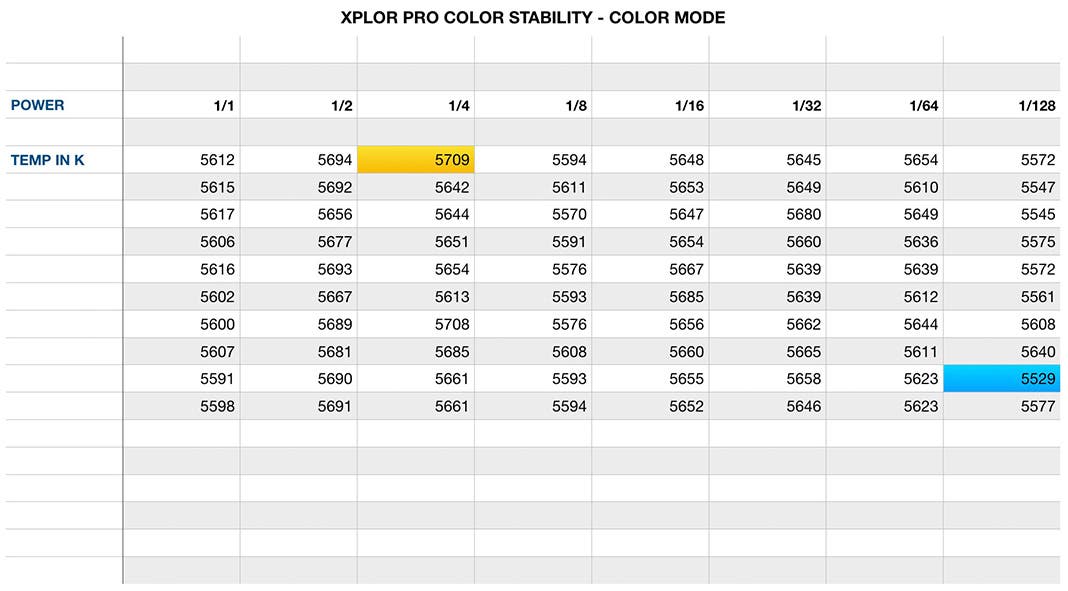
Let’s pause here to get out of the sway of stats and numbers and put color consistency in a working context. To put it simply, I welcome any and all improvements brought to my gear, but — except for a few rare circumstances — color stability is not as big a problem as it’s often made to be.
To put a finer point on it, the Profoto Pro8a is for now the most commonly used studio strobe in the NYC commercial and editorial market — it is the baseline standard in performance that all other strobe systems use as a reference point. And it is less color accurate than the XplorPro, and even tracks a little worse than the XplorClassic. In my tests of a Pro8a pack, I saw a delta of over 800K from power level 2 up to power level 10.
While the XplorPro can’t claim to be the most color accurate strobe on the market, its refined performance in this area is considerably better than the industry standard studio strobe that, for years, has served some of the most demanding photographers & clients.
Bonus: Fit and finish, and other welcome changes:
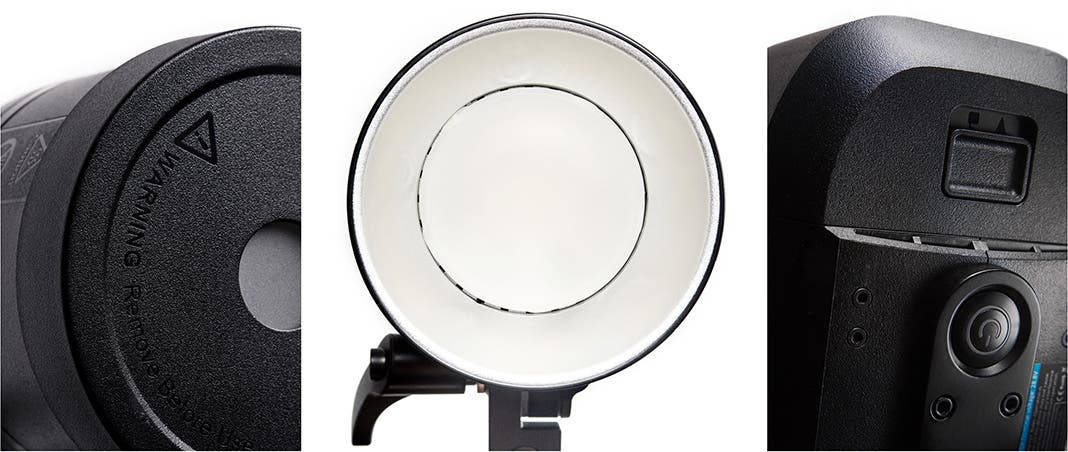
Though I’m more of a fan of how a tool serves a workflow than how it feels in hand or looks in a photo, I’m not opposed to surface improvements here, either. And the XplorPro delivers quite a few upgrades in overall design and feel, with a few of these creating meaningful improvements to workflow.
Among what I’d count as minor-but-welcome improvements: the new protective cap, which fits so tight it can be hard to remove initially; the new stand mount, which moves through a frictionless rotation; placement of the power button, which, when the umbrella mount is positioned back and flush to the body, becomes less likely to be accidentally pressed in transit.
The improvements I’d count as major:
- The refined Bowens mount, which has tighter tolerances and does away with the rattling play some modifiers showed with the original Xplor’s mount.
- A new modeling light that comes in at about 3 times the output of the original Xplor (a max of 260 versus 78 Lux)
- The included streamlined 5” reflector, which — in addition to making packing easier — makes for a great hard source and throws broader coverage, filling soft modifiers more evenly as a result.
- And last, but certainly not least, the new LCD interface design, which provides a more elegant at-a-glance insights.
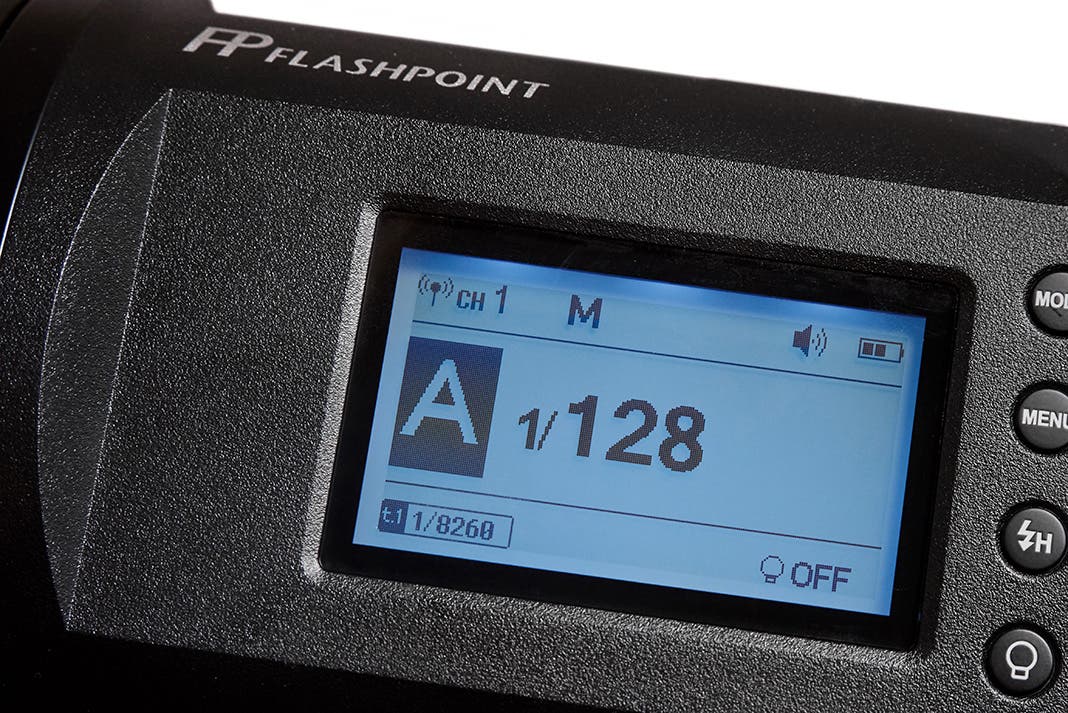
The XplorPro has emerged as not just an heir to and companion of the previous model, but a light which levels the playing field, and in some ways pulls away from the competition. As is often the case, there are isolated ways that gear like the XplorPro can be improved or refined (the extension heads can’t come soon enough!), but, taken together, the improvements offer a wealth of expanded creative opportunities.
Join me soon for Part 2 where I’ll put the XplorPro through its paces, demonstrating shooting techniques and workflow tips fit for commercial and editorial photo production.
